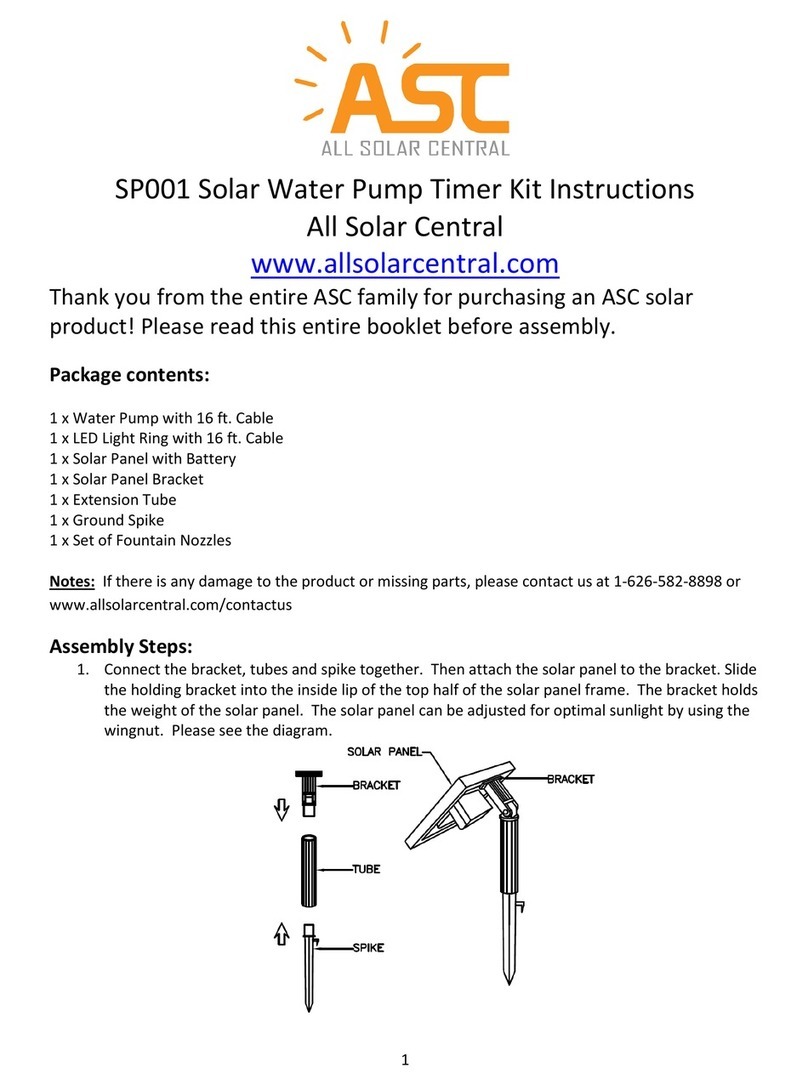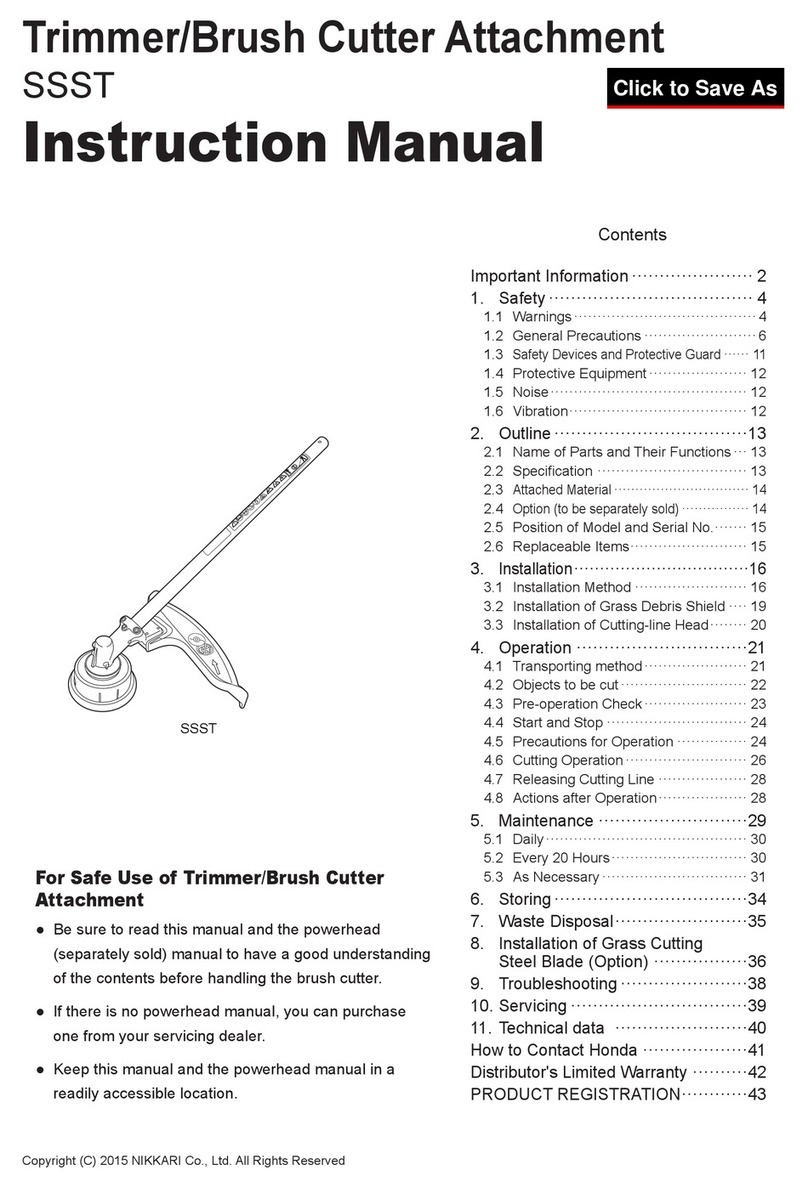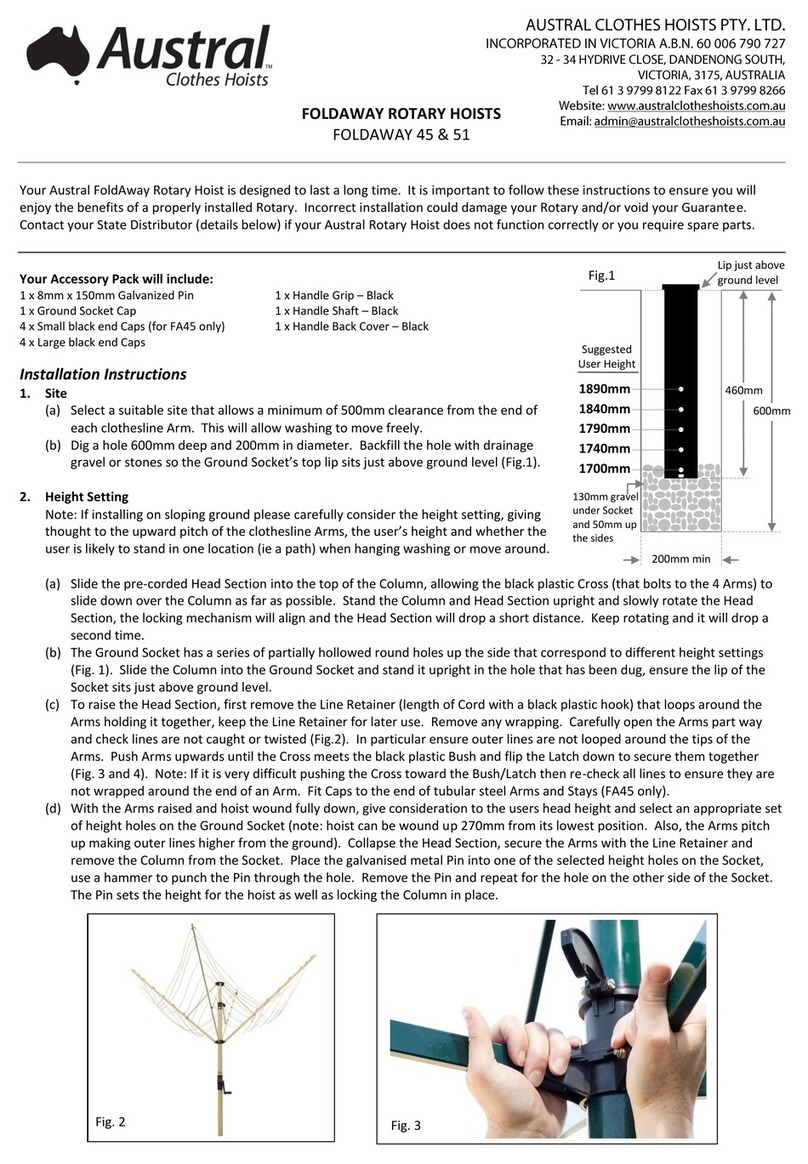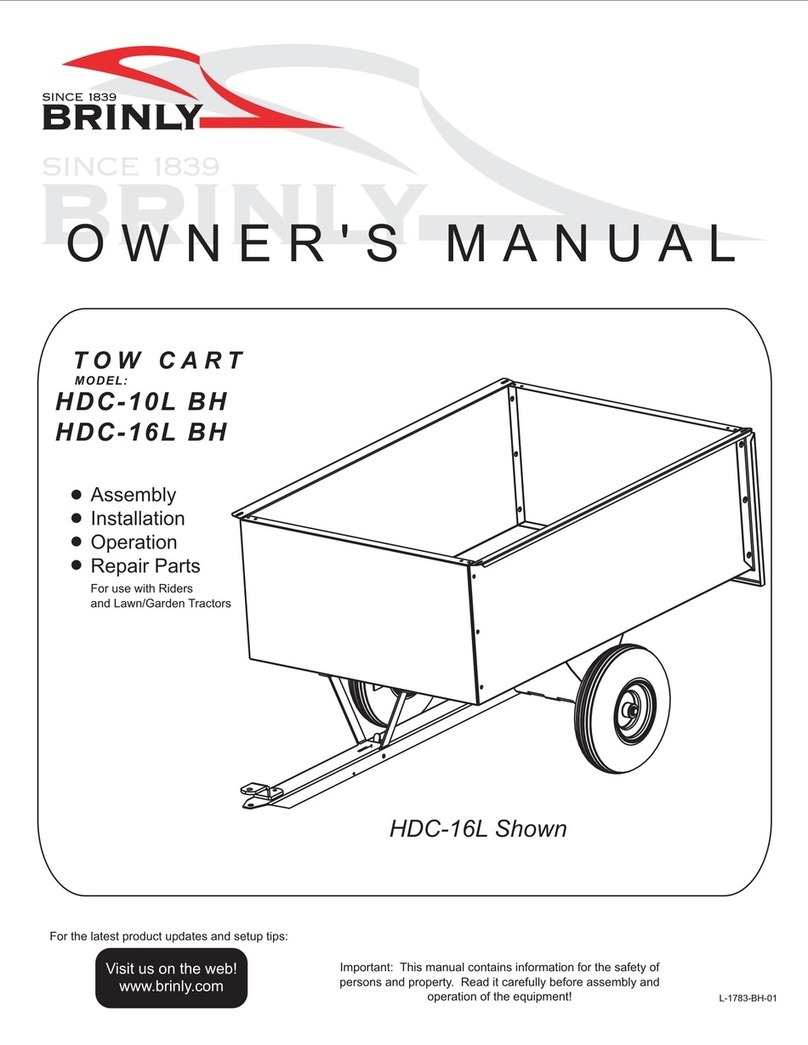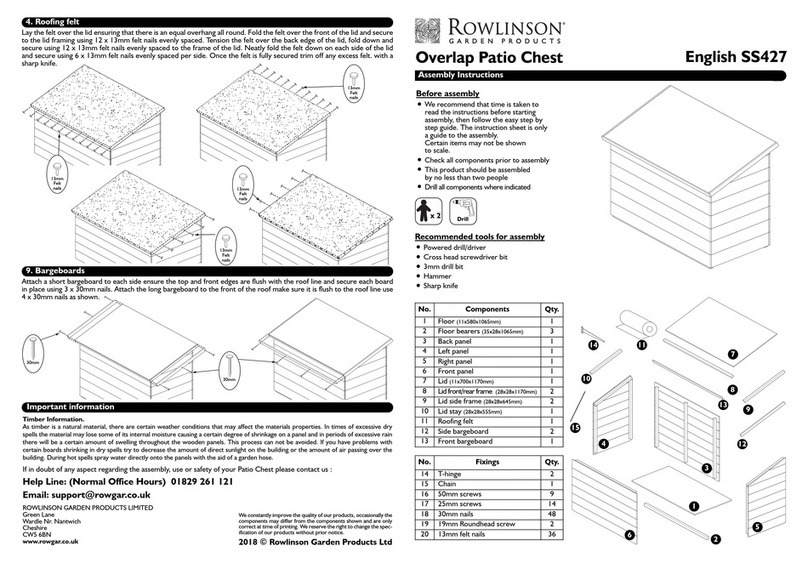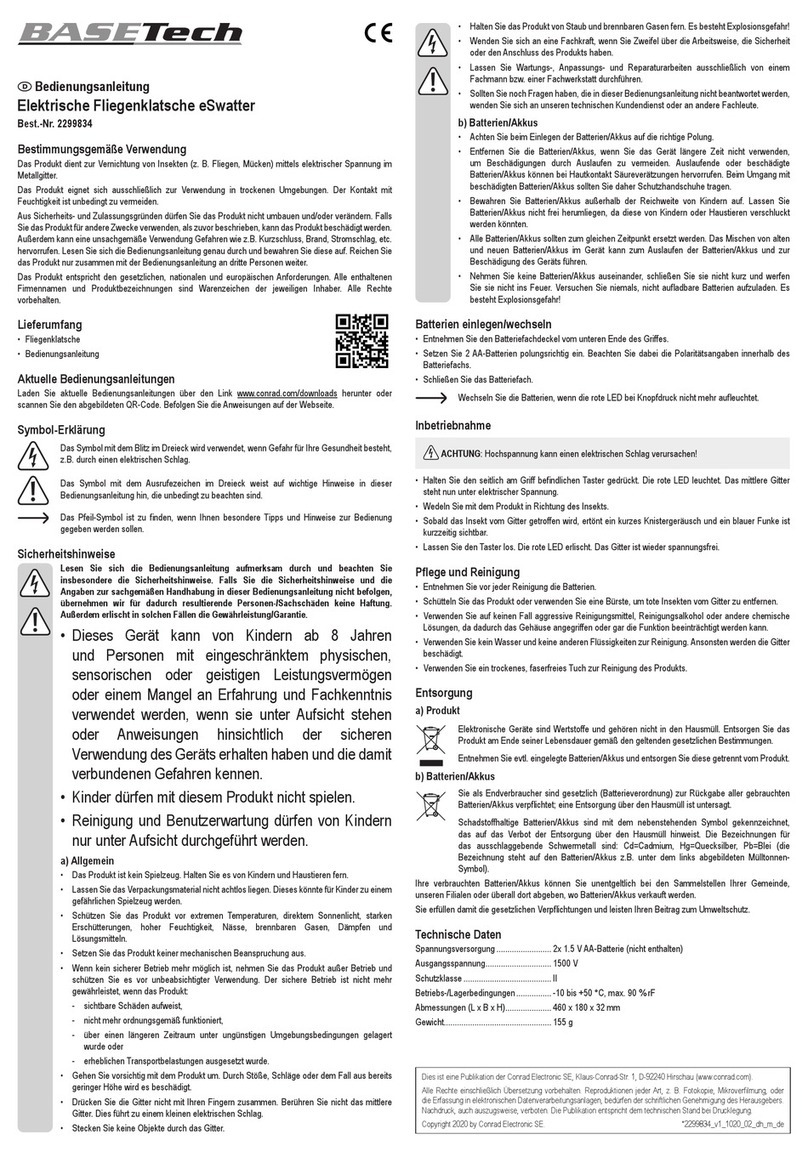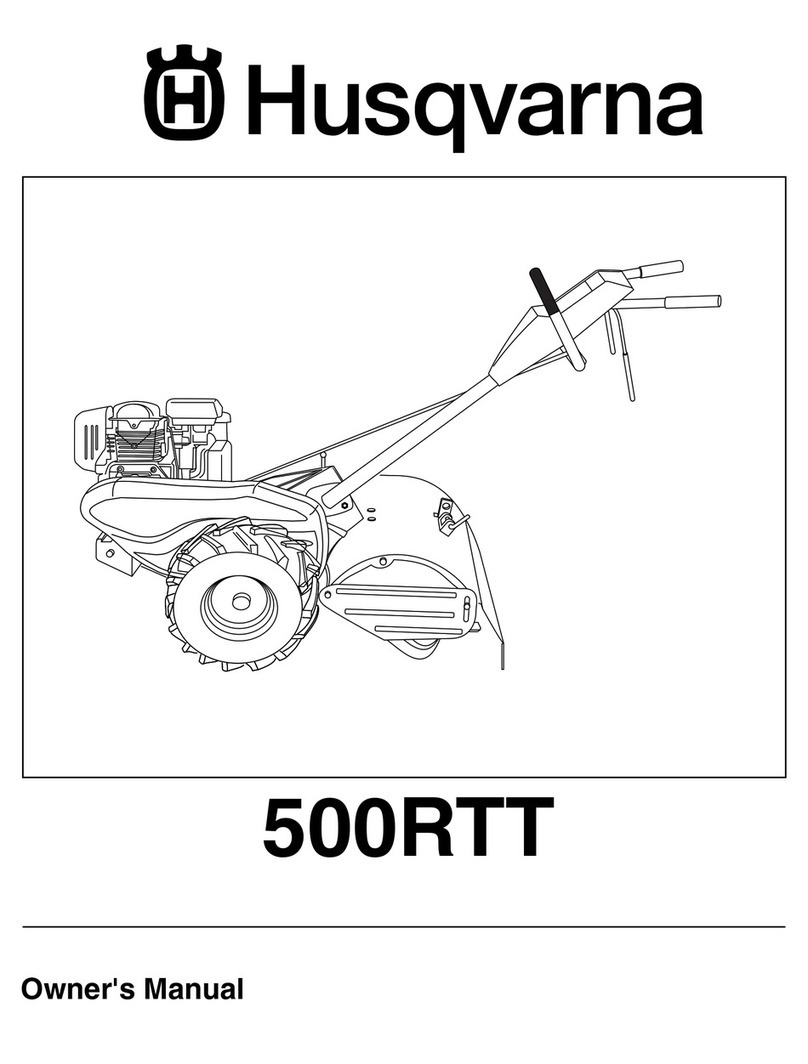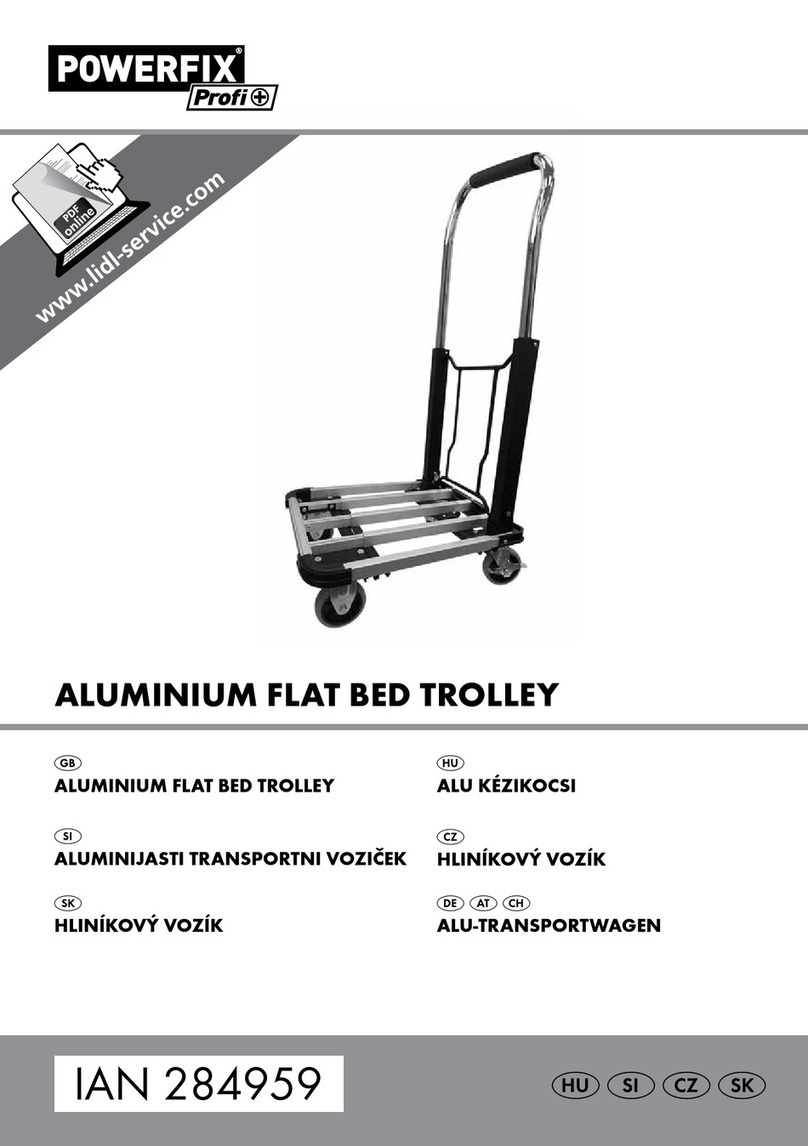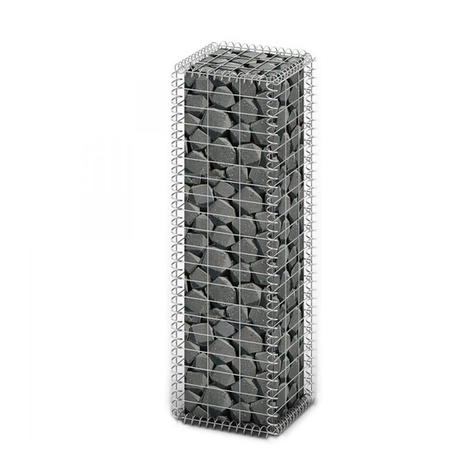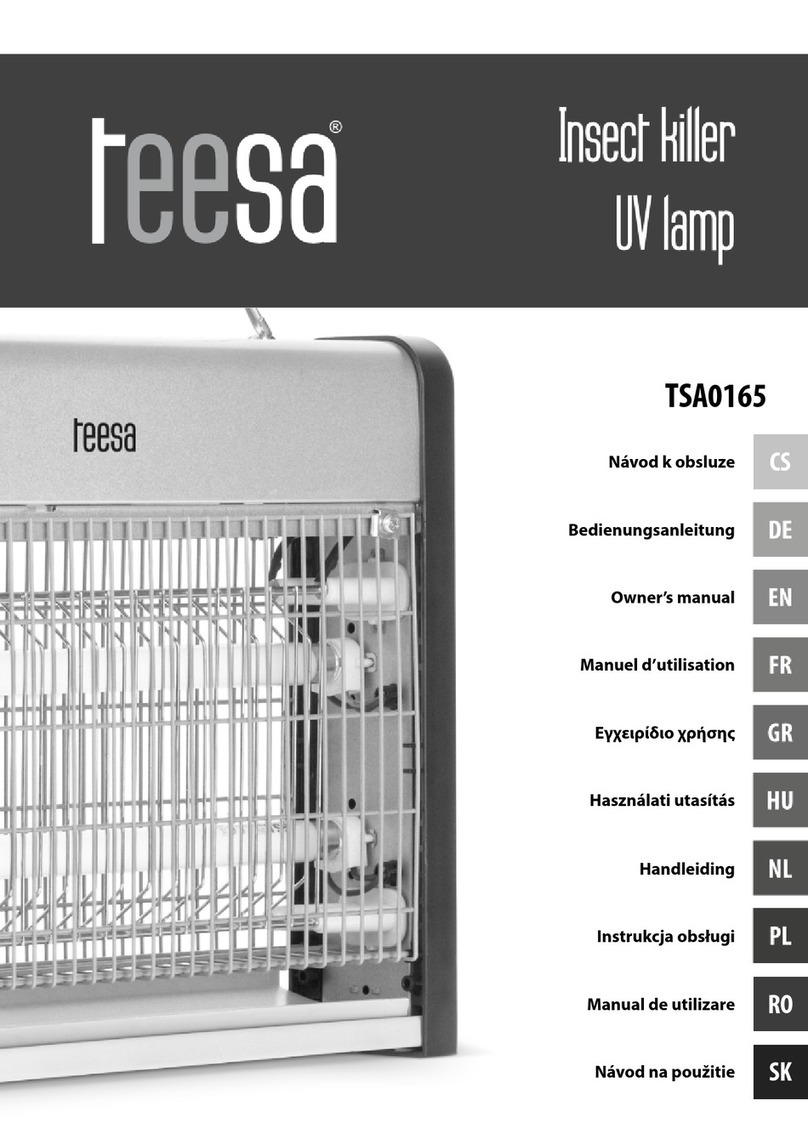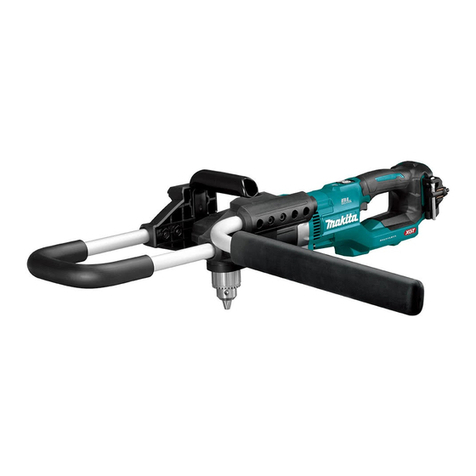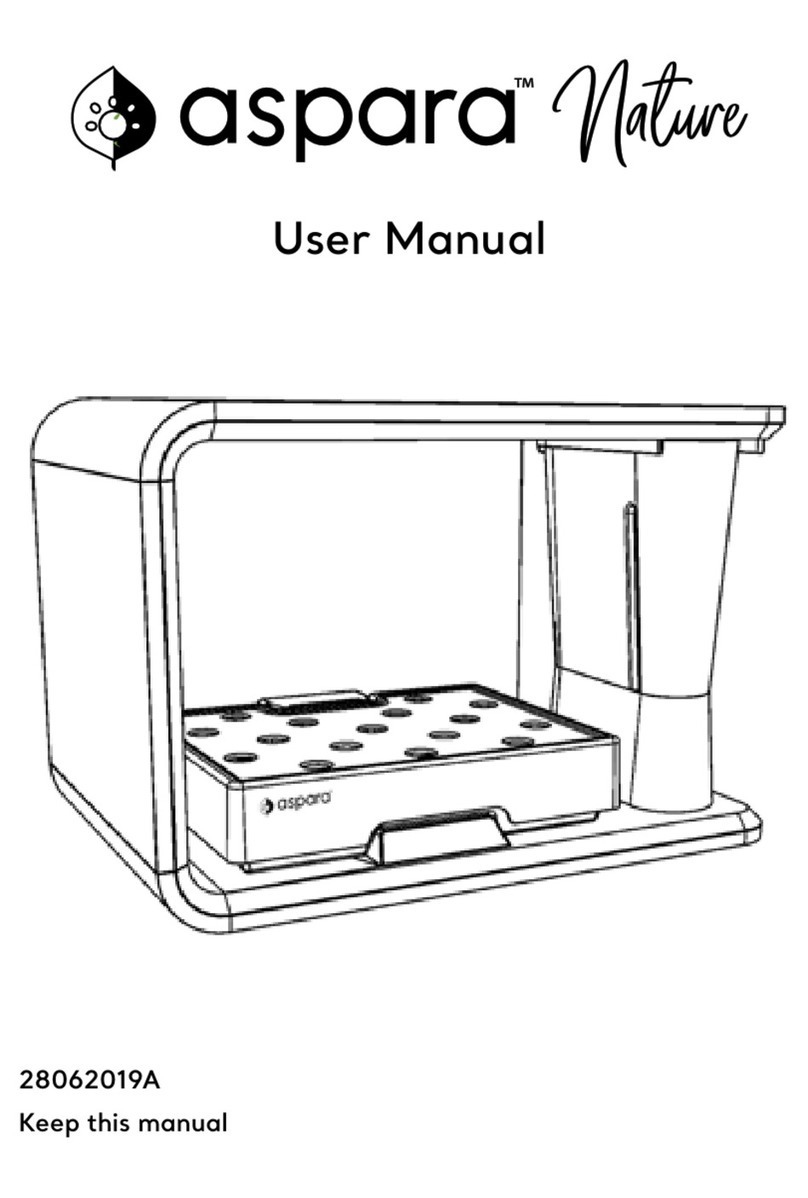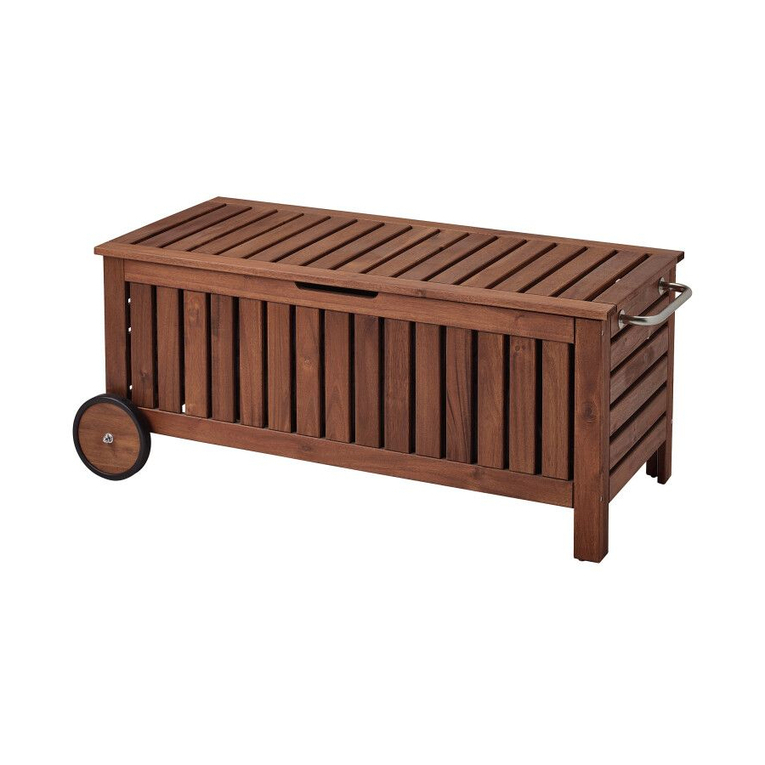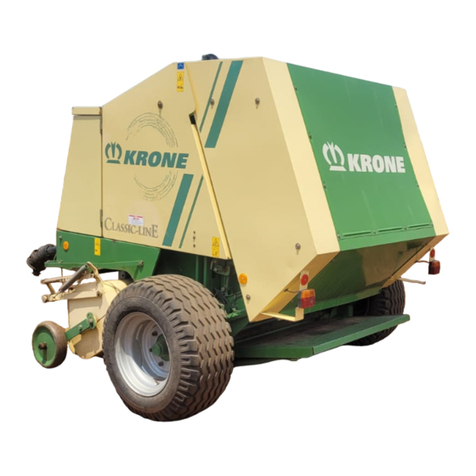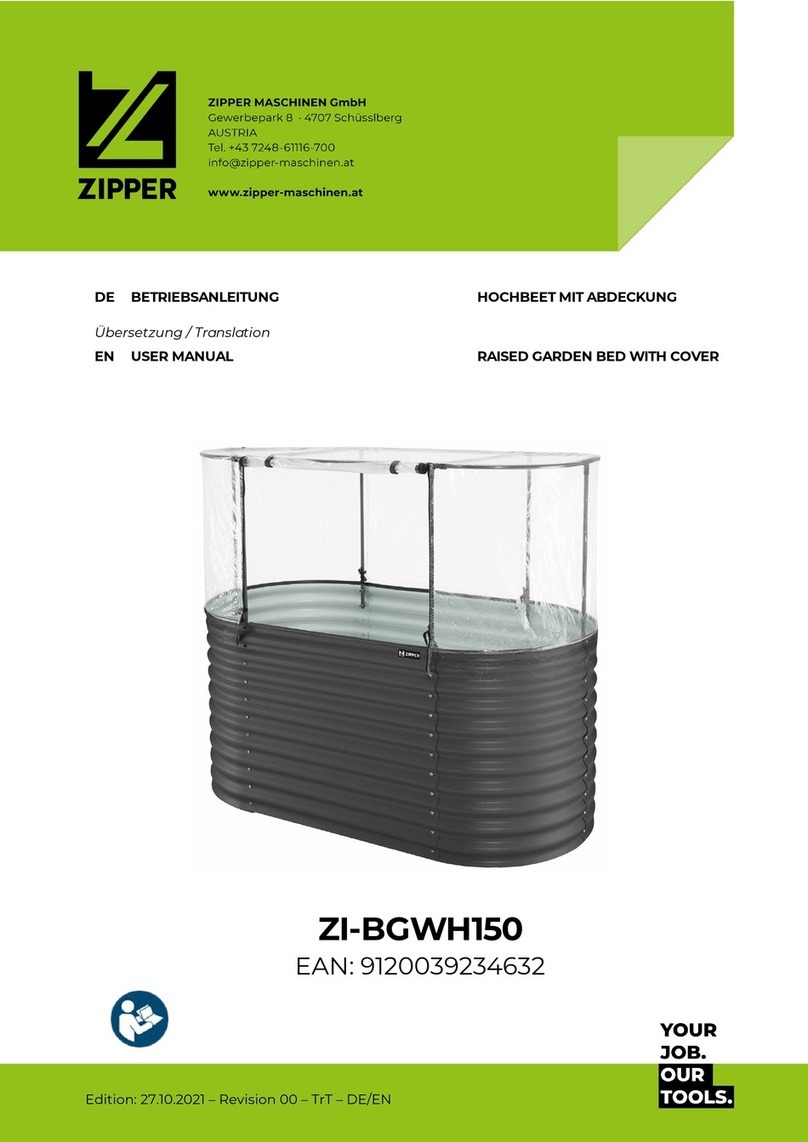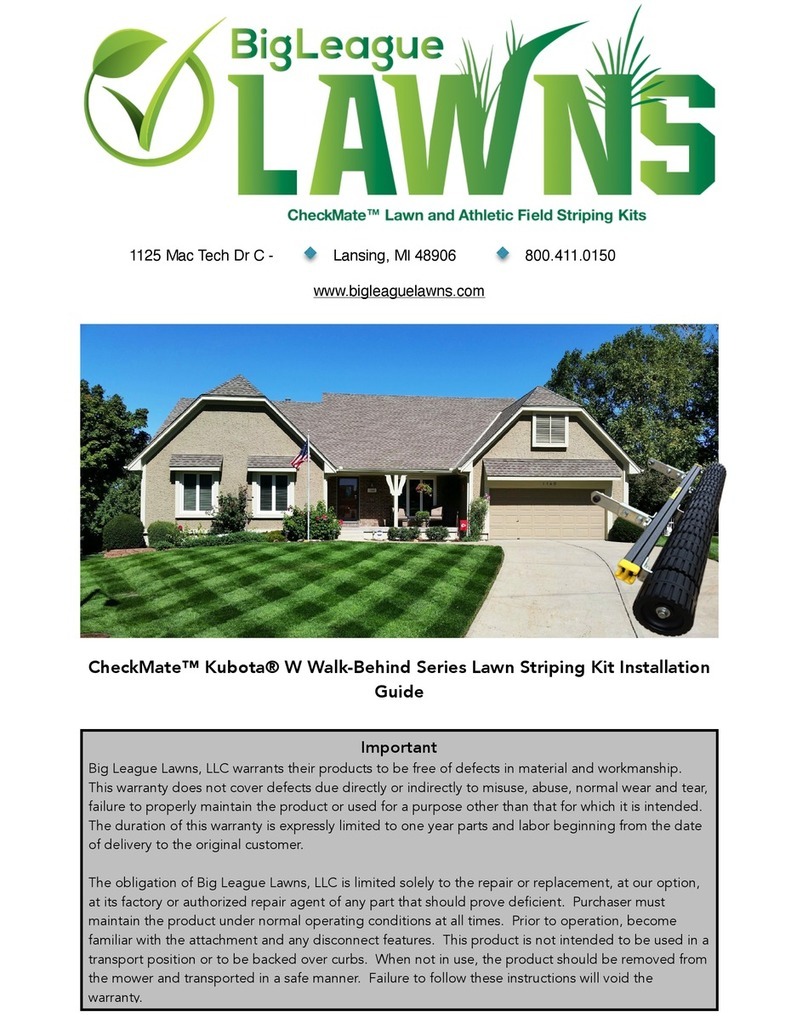Soltech Solutions ASPECT User manual

ASPECT QUICK START GUIDE
IMPORTANT SAFETY INSTRUCTIONS
READ AND FOLLOW ALL INSTRUCTIONS
SAVE THESE INSTURCTIONS

2
TABLE OF CONTENTS
IMPORTANT SAFETY INSTRUCTIONS …………………….… 3
SAFETY INSTRUCTIONS FOR PETS ………….…………….… 4
ABOUT THE COMPANY ………………………………………… 5
THE SCIENCE BEHIND THE ASPECT ………………………… 6
INSTALLATION INSTRUCTIONS ……………………………… 8
HANGING HEIGHTS …………………………………...…….…. 9
LIGHT CYCLES …………………………………………………… 10
INDOOR GROWERING GUIDE ………………...………….…. 12
COMMON HOUSEPLANTS …………………………………… 16
DWARF FRUIT TREES …………………………………………… 18
ORCHIDS ………………………………………………………… 21
GROWING HERBS ……………………………………….….….. 22
ASPECT TROUBLESHOOTING …………….………………… 24
PRODUCT WARRANY AND RETURN POLICY ……………. 25
This symbol is intended to alert the user to the presence of non-
insulated “dangerous voltage” within the products enclosures.
This symbol is intended to alert the user to the presence of
important operating and maintenance (servicing) instructions in
the literature accompanying the unit.
Apparatus shall not be exposed to dripping or splashing. Objects
filled with liquids, such as a hanging plant, should not be placed
above or hung from the unit.

3
IMPORTANT SAFETY INSTRUCTIONS
1. Read all safety and operating instructions before using this product.
2. All safety and operating instructions should be kept for future reference.
3. Use this product only as described in this manual. Any other use is not
recommended by the manufacturer and may cause fire, electrical shock
or injury, and may void the warranty.
4. Avoid eye contact directly with the LED light.
5. Not for use with dimmers.
6. For indoor use only.
7. This product should not be used near water, ie., bathtub, sink, toilet, etc.
8. Do not immerse cord, plug, or any part of the light in water.
9. Care should be taken so that liquids are not spilled onto the unit.
10. Do not operate if the cords, plug, or any part of the light is damaged.
11. Do not pull on cords or hang an excess of five pounds from the light.
12. Always unplug unit before cleaning or moving to reduce risk of
electrical shock.
13. To disconnect the product from the outlet, grip the head of the plug and
pull it from the wall outlet. Never pull the plug by the cord.
14. The use of attachments not recommended or sold by the manufacturer
may cause injury.
15. Make sure hooks, shelves, brackets, etc., are always installed in a wood
support, such as trim, plywood, or studs in the wall. If installing in
drywall, it is critical to use the appropriate drywall anchors.
16. Do not operate the product in the presence of explosive and/or
flammable fumes.
17. If the plug loosely fits in the outlet, discontinue use with that outlet. A
loose fitting plug may cause the plug or outlet to overheat. Have a
qualified electrician replace the outlet.
18. Only use a dry or lightly damp cloth to clean the Aspect, do not use a
wet cloth or spray anything into or on the unit.
19. If you have pets, make sure the wires are out of reach and you check that
your plants are animal friendly.

4
SAFETY INSTRUCTIONS FOR PETS
Extra caution should be given to households with animals. All
wiring should be kept out of reach of animals. We recommend
using cord clips, split-wire loom, split length tubing, or wall
conduit. This will reduce the risk of electrical shock to animals.
Not all plants are safe to bring indoors, some common plants may be
dangerous to animals. Please consult with professionals before buying new
plants. Provided below is a short list of common household plants that are
toxic to animals. In small doses, these plants are known to cause symptoms
such as upset stomach and diarrhea. The plants highlighted in bold are
extremely toxic and may cause coma, seizures and/or death.
Aloe Vera
Dahlia
Morning Glory
Amaryllis
Daisy
Mother in Law
American Holly
Deadly Nightshade
Mum
Apple
English Ivy
Oleander
Apricot
Eucalyputs
Orange
Azalea
Fig
Oregano
Baby’s Breath
Garlic
Palm Lily
Begonia
Geranium
Parsley
Bird of Paradise
Glacier Ivy
Peace Lily
Bitter root
Gladiola
Peach
Boxwood
Grapefruit
Plum
Branching Ivy
Hibiscus
Poinsettia
Calamondin Orange
Hops
Pothos
California Ivy
Hosta
Rhodedendron
Carnations
Hydrangea
Sago Palm
Castor Bean
Jade
St. John’s Wort
Cherry
Leek
Sweet Potato Vine
Chinese Jade
Lemon
Sweetheart Ivy
Chives
Lemon Grass
Tomato Plants
Chrysanthemum
Lilies
Tulip
Coffee Tree
Lime
Wandering Jew
Cyclamen
Marijuana
Yew
Daffodil
Milkweed
Yucca
Please note that the information contained in our plants list is not meant to
be all-inclusive, but rather a compilation of the most frequently encountered
plants. If you think that your animal may have ingested a poisonous plant,
contact your local veterinarian or the ASPCA 24-hour emergency poison
hotline directly at 1-888-426-4435. Soltech Solutions, LLC and authorized
distributors are not responsible for illness or death of persons or animals.

5
ABOUT THE COMPANY
Soltech Solutions was formed in 2015 out of a passion for helping people
live a happier and healthier life. It started after a simple realization; plants
reduce indoor air pollutants. Based on cancer risk alone, federal scientists
have ranked indoor air pollution as one of the most important
environmental problems in the United States. Plants remove up to 87% of
harmful pollutants from the air, including volatile organic compounds
(VOCs), benzene (found in some plastics, fabrics, pesticides and cigarette
smoke) and formaldehyde (found in some cosmetics, dish detergent, fabric
softener and carpet cleaner).
Over the course of a year, our team of environmental scientists and
engineers built heaps of prototypes and grew hundreds of plants in an effort
to solve this problem. We introduced our first grow light to the market in
2016 with great success. With the help of 120 very awesome Kickstarter
backers, we were able to work with a metal manufacturer and make
improvements. By the end of 2016, we were able to introduce the Aspect, a
décor style LED grow light that brings beauty to any room.
(Thanks again for the support!)
As we continue to grow, we pledge to never compromise quality for profit.
Our success may come and go, but our integrity is forever. We plan to keep
our production in Bethlehem, Pennsylvania and will continue to expand
and improve our product line. We are working closely with our township,
community leaders, and multiple business incubators to bring jobs to our
local community. We are increasing our support for local nonprofits and
will continue to reinvest money into the community.
We hope you enjoy the Aspect as much as we enjoyed creating it for you!
This manual is a combination of our notes, our research, and our
experiences growing plants. We will be growing our database of plants
online, so keep an eye on our website for new plant ideas and tips. If you
have any issues, comments or questions, always feel free to contact us. We
are here to serve you, our loyal customer!
Soltech Solutions LLC
P.O. Box 5284
Bethlehem, PA 18015
United States
Or email us at:

6
THE SCIENCE BEHIND THE ASPECT
The Aspect is a revolutionary grow light that utilizes a specially designed
warm white LED set inside a contemporary fixture. Now you can bring the
natural beauty of plants to any room without sacrificing your home décor.
Artificial lighting options for indoor gardeners can sometimes be confusing.
A simple search will turn up hundreds of different products ranging from
red/blue LED lights, incandescent bulbs, HID systems, fluorescent bulbs and
even plasma light! Unlike all of these technologies, the Aspect is different
because it was made for your home décor, not commercial applications.
Plants are able to absorb nearly all wavelengths of light, but the process is
very inefficient and a waste of electric. It was discovered that only a narrow
range of blue wavelengths, between 440nm –460nm, and red wavelengths,
between 630nm –680nm, are easily absorbed by chlorophylls and effectively
used for photosynthesis. The result of this discovery lead to highly efficient
red/blue LED lighting to take command of the grow light industry.
While this is great news for commercial growers, nothing was created for
residential use until now. We created the Aspect to produce wavelengths
that correspond with photosynthesis yet function as interior lighting.
Soltech Solutions currently offers two custom spectrums not offered
anywhere else. Our Warm White Décor series looks good in any home while
our full spectrum High Yield Amber is reserved for serious growers looking
for a full spectrum grow light that can produce maximum grow results.
Aspect Grow Light (above) –Typical Red and Blue LED Grow Light (below)

7
The Aspect is unique because it creates light using a balance of blue, green
and red. We focused on a 1:4 ratio of blue to red light for healthy root and
stem development. This ratio is critical because blue light supports root
development and dense plant growth, while red light supports plant growth
and flowering. An unbalanced spectrum will cause deformation, elongation,
or a weak root system. We also provided enough far-red light (680+ nm) to
enhance the photosynthetic efficiency of other wavelengths using a process
called the Emerson effect.
Typical LED bulbs create white light using only blue and yellow light
(below). The lack of red light does not support healthy plant life.
Fluorescent lights (below) are popular for small plants and starting
seedlings. They often do not produce enough red light to support most
plants. These bulbs also contain harmful mercury and have a short lifespan.
High-intensity discharge and metal-halide lights are popular bulbs used in
large commercial grow operations. These bulbs consume the most electric
and produce the highest amounts of light and heat.

8
INSTALLATION INSTRUCTIONS
1. Determine where and how you want
the Aspect to be installed.
2. Different methods of installation
require different materials. Always
choose screws, plugs and plastic
molding that is especially suited for the
Aspect. For the most common
installations, use the included white
hooks to hang the Aspect.
CAUTION: Do not install in a radiant
heated ceiling or wall.
2a. (Optional) To installing the Aspect
through drop ceiling tiles, walls or
other permanent structures, contact a qualified electrician. By opening
the power supply box or cutting the wire, you are voiding the warranty
of the Aspect. Follow all local laws and codes, including the National
Electrical Code and National Fire Codes.
3. Use the Indoor Growing Guide section to
determine the amount of light your plant
requires. Once you identify the plants
lighting needs, use the Hanging Height
section to determine the appropriate
distance to hang the light above your
plants.
4. Program a 24 hour outlet timer to give
your plants a constant light cycle. Use the
Light Cycle section to determine if your
plant is either a long day or short day. If
you are unsure, base the light cycle off of
the time of year. Use this information to
program a 24 hour outlet timer.
5. Plug the light in! Make sure the plug is
not loose fitting in the outlet. If the outlet
is loose, have a qualified electrician
replace your outlet.
6. If you have pets in the home, make sure
you read the section on the Safety
Instructions for Pets.

9
HANGING HEIGHT
Keeping the proper distance between the Aspect grow light and your plant
is important. As you raise the light, the light intensity will decrease
dramatically and the plant may stop growing, not flower, or stretch rapidly
towards the light. Lights installed too close to the plants may be too intense
and stunt growth or create discoloration.
Larger plants may require two or more Aspect
units to provide adequate light coverage. If you
start to see leafs along the side or bottom of your
plant dropping off, make sure the plant is
getting enough light in those areas. You may
want to prune your plant to encourage smaller,
denser growth.
Examples of plants and their light requirements are listed below. These may
vary depending on plant size and species.
Full Sun Plants:
Beans, Cannabis, Corn,
Cucumbers, Eggplant,
Melons, Peas, Peppers,
Squash, Tomatoes.
High Light Plants:
Banana, Cacti, Carrots,
Calamondin, Citrus Trees,
Ficus, Olive, Pineapple,
Pomegranate, Succulents.
Medium Light Plants:
African Violet, Aluminum
Plants, Bamboo, Begonias,
Coffee, Corn Plant, Most
Herbs, Orchids, Peace Lily,
Peperomia, Pleomele,
Spider.
Low Light Plants:
Arrowhead Vine,
Asparagus Ferns, Cast Iron
Plant, Chinese Evergreen,
Dieffenbachia, Snake Plant,
Staghorn Fern, Ivy, Pothos,
Philodendron, Ferns, ZZ Plant.
Additional information at www.stsln.com

10
LIGHT CYCLES
Light cycles are used to simulate the conditions of day and night for indoor
plants. We highly recommend the use of an electrical timer to create a
repeatable light cycle.
Most plants grow in two stages, the vegetative stage and flowering stage.
The vegetative growth stage is about growing the plant in size and mass in
preparation for flowering. You can leave many plants in the vegetative stage
indefinitely with no adverse effects. The flower growth stage is initiated
when the light cycle changes into the critical light period, explained below.
This change will cause your plant to focus completely on making flowers
and seeds for reproduction. Plants determine which of these stages of
growth it should be in through the presence of a flowering hormone
(phytochrome) which is sensitive to light.
There are three types of plant responses; short-day, long-day, and day-
neutral. The first two types have a critical light and dark period associated
with them and can vary from plant to plant. This critical period will
determine when the plant switches from the vegetative stage to the
flowering stage. Day-neutral plants are generally unaffected by light cycles
and flower when the plant is mature. If you find that it is difficult to flower
a short day plant due to a light flash at night, we recommend flowering in a
closet or grow tent.

11
Some plants require a dormant “winter” phase after the flower state where
the length of the day is short. With some houseplants, it may help to move
them to a darker and cooler area of the home in order to allow them to go
dormant. Once a plant is dormant, foliage growth may be limited and even
drop off, but the roots will continue to grow. It can take several weeks for
plants to come out of dormancy.
The use of an outlet timer is essential for maintaining proper growth of long
and short day plants. Below are instructions for setting common mechanical
outlet timers. If the timer looks different, you should follow the instructions
provided by the timer manufacture.
Setting the timer:
1. Locate the pins around the outer edge of the timer’s dial. These
pins represent 30 minutes and can be pushed up or down.
2. Select a time period you want the Aspect to operate by pushing
the pins down. We recommended having the light on during the
times you are awake. This will help prevent night interruption.
3. Rotate the timer’s dial clockwise until the pointer on the face of the
dial points to the current time of day.
4. Set the master switch on the timer to “timer on” position.
5. Plug the Aspect into the outlet on the side of the timer. Plug the
timer into the wall outlet. To override the timer and turn on the
Aspect, set the master switch to “outlet on” position.

12
INDOOR GROWING GUIDE
A perfectly placed plant can bring life to a whole room. Plants should not be
an overlooked element in creating a warm and inviting room. For beginner
gardeners, or even those with a year or two under their belts, the world of
garden tools, materials, and supplies can be overwhelming. We provided
this guide to help you decide what essentials you need to get started.
Lighting:
Before choosing which plants you want to fill your home with, consider
how much light the plant will need and the maximum size you want the
plant to grow. These two factors determine the amount of light you need to
provide to the plant. Small herbs, such as basil, will thrive under a single 20
watt Aspect, while tomatoes and cucumbers will need our 40 watt Aspect.
The size of the plant becomes a factor as
well. Raising the light to increase the
light coverage will reduce the amount of
light reaching the plant. You can tell if
your plant is not receiving enough light
if it stops growing, the spaces between
the leaves on new growth are much
longer than before, the new leaves are
smaller, the leaf color is lighter, or older
leaves are dead.
Two Aspect units are great for medium
sized plants. Large plants over 6 feet tall
will require three or more Aspects. It is
important that light covers the entire
plant, including the sides of the plant. It
is also important that the intensity of
light is adequate to support plant life. If
you have questions, you can contact
Soltech Solutions and we would be glad
to assist you.
Temperature:
Temperature is a major factor influencing plant growth indoors. Before
picking out your plants, consider the optimal temperature the plant needs.
While many plants grow at temperatures around 60°F –85°F (15°C –29°C),
some tropical plants grow best at temperatures exceeding 85°F. Be careful
not to place plants near AC vents or heaters, the change in temperature may
kill them.

13
Humidity:
Some indoor plants need high humidity and excellent air circulation for
optimal growth. Humidity below 20% is considered low, up to 50% is
medium, and above 50% is high. Many plants come from tropical regions
and require high humidity. Since most homes have low humidity levels,
you can do a few things to increase humidity.
Place plants close together. Plants naturally humidify the air
around them.
Set your plants on a tray of pebbles filled with water.
Use a humidifier if your air is very dry.
Take caution when misting plants, especially if your plant has hairy leaves.
Your plant may be more susceptible to disease and mildew. You may want
to consider adding a fan to increase air circulation.
Pots & Containers:
To start your garden, you need the right type of container for your plant.
The container should have drainage holes so all water can be drained out.
Plants that are grown indoors cannot sit in waterlogged soil or they will die.
Unpainted clay and ceramic pots are also susceptible to mold, we highly
recommend painting new clay pots or buying plastic pots.
Watering:
Often overlooked, watering your plants properly is important. When
dealing with how much water to apply, consider the plant type, plant size,
container size, soil moisture and light intensity. For most plants, when
deciding when you should water, feel the soil by pushing your finger about
1 inch below the dirt’s surface. If the soil is still moist, do not water the
plant. Overwatering can lead to root rot, mildew, and disease. Water meters
are available at most greenhouses to simplify watering.
Soil:
Do not use top soil or soil from your garden! We recommend that you find a
high quality, pre-mixed soil at your local garden stores designed for indoor
plant growth. Top soil and garden soil have very poor drainage abilities and
you may introduce unwanted pests in your home. Plants need soil which
will ventilate the air and drain the water efficiently. If you find your pre-
mixed soil does not drain well, you can add perlite, coarse sand, or peat
moss to increase drainage. Different plants grow better in different soil,
make sure you know which soil you plant needs before planting.

14
Buying New Plants:
Buying new plants is always fun, but make sure to look for healthy looking
plants with medium to dark green foliage. Avoid plants with unnatural
yellow or brown leaves.
Look for pest, especially small white mites, on the undersides of the leaves.
Remove the plant from the pot and examine the root system. Healthy roots
generally are visible along the outside of the soil and have an earthy smell.
Brown or black roots, especially if they have a foul smell, are signs of a
problem.
Acclimatization:
Acclimatization is the adaptation of a plant to a new environment.
Changing the environment the plant is accustomed to will stress the plant
and may cause damage, prevent growth, or even kill the plant. The greater
the difference between the previous environment and the new environment,
the greater the stress the plant endures.
When buying a new plant, learn as much as possible about the extent of
acclimatization preformed. Acclimatization is generally done in the
greenhouse or the nursery. Plants are grown for a period of time under low-
light levels and with fewer nutrients. Because this slows down plant growth,
acclimatized plants are not ready for the market as early as nonacclimatized
plants. The retailer should be able to provide this information. Bringing a
non-acclimatized plant home is okay, just maximize the amount of indoor
light you can provide it for at least 3 to 4 weeks, then move it to the final
location. Remember that the most important factors of indoor plant growth
are adequate light, fertilizer, and water at reduced rates.
Pruning:
Pinching and pruning your plant is a great way to encourage dense growth
while maintaining an optimal size and shape for its space. Many plants
require some form of pruning to encourage dense growth. When you
shorten stems, it stimulates latent side buds and will encourage bushy,
dense growth.
Light trimming and reshaping can be done any time of the year, but heavy
pruning should be done during fall or spring. Although not all houseplants
need pruning, most will benefit from some attention, even if it's simply
removing dead leaves or diseased or damaged stems. Regular pruning will
maintain and refine the shape of the plant. Plants concentrate growing on
the top and outer parts; pruning these growth areas regularly will
encourage growth closer to the inner parts of the plant.
When the plant has outgrown its container, root pruning is advisable. Pull
roots away from the root mass and cut back about 1 inch. Make sure the
new container is clean and sterilized before planting.

15
Pest Management:
Like all plants, indoor plants will occasionally come under attack from
pests. If you notice a plant suddenly begins to look ill, take a close look.
Chances are, it is infected with unwanted pests. If not quickly treated,
infestations can be very severe, spread quickly and kill your plants.
Some of the most commonly encountered arthropod pests found on plants
are those that feed on plant juices. These pests include aphids, scales, mites,
leafhoppers and plant bugs. Some of these pests can even act as vectors of
plant diseases.
To remove the infestation, purchase oils or insecticidal soup. Soltech
Solutions recommends a diluted organic Neem Oil, which can be purchased
in the garden section of most stores. You can also treat the plants by wiping
leaves and stems with insecticidal soap. Heavy infestations may be too
difficult to treat, consider discarding these plants.
Fungus Gnats:
These gnats are a common pest of plants grown indoors, especially where
humidity and moisture are high. You normally notice one or two gnats
flying around your plants or near windows and you think nothing about it.
Before you know it, they lay eggs in the wet soil and multiply. The larvae
will feed on the root of the plants before becoming annoying adults.
To rid your plant and home of fungus gnats, you need to let your plant soil
dry out more between watering. Fungus gnats do well in damp soil,
allowing your soil to dry out an inch or two down will kill larvae and inhibit
egg development. Applying sand, gnat nix, or other soil top dressing will
help significantly reduce populations. To kill gnats deep in the dirt, water
with Neem Oil diluted in 1 gallon of water. Neem Oil will help kill eggs and
larvae deep down in the soil, let the soil dry out between watering. Lastly,
yellow sticky traps can be placed at the soil surface to capture large numbers
of adults.
Disease:
Healthy indoor plants will be able to resist disease much better than weak
plants. Keep your plants strong by using the proper soil, avoiding drafts,
and providing good drainage. Overwatering provides ideal conditions for
disease mold and rot.
Soil with white mold is common. This fungus quickly forms when soil is
moist and over watered. Carefully remove the top layer of soil and dispose
of it. Repot the plants with all new soil, make sure your new soil drains well.
Plants with black and rotten patches at the base are affected by fungus due
to overwatering. Succulents and cacti are most at risk. The only treatment is
to cut out the rot. Considering trying to propagate replacements.

16
COMMON HOUSEPLANTS
African violet, Saintpaulia. Grows well at medium light intensity. Provide
light for 16 –18 hours each day during the vegetative stage. Leggy stems
and no blooms indicate that it is not getting enough light. These plants will
fail to bloom if they do not get 8 hours of darkness every night. Keep soil
moist but not soggy, it is best to water from the bottom. Keep their root
growth restricted slightly, do not repot. Enjoys high humidity. Use peat
moss or African violet potting soil.
Aluminum plant, Pilea cadierei. Grows well at medium light intensity. The
foliage will lose its variegation if light level is too low. Pinch off growing
tips and stems to encourage the plant to stay compact. Keep soil lightly
moist spring through fall, but drier in winter. Moderate to high humidity.
Use any good potting mix.
Arrowhead vine, Syngonium podophyllum. Tolerates low light but becomes
more dense in medium light to high light. Keep in average temperature and
avearege humidity. Surface of the soil should be dry before re-watering. Use
any good potting mix.
Asparagus ferns, Asparagus denisflorus, setaceus. Tolerates low light but
becomes more dense in medium light. Prefers moist air, recommended to
mist leaves daily. Surface of the soil should be dry before re-watering. Use
peat moss based potting mix.
Begonias, begonia x hiemalis, Enjoys medium light for long durations of 14 –
18 hours each day. Enjoys medium to high humidity. Keep soil moist, but
do not allow the soil to get soggy. Use peat based soilless mix such as
African violet mix. Provide good drainage. Overwatering will cause the
leaves to wilt and turn yellow. Immediately remove infected leaves. After
blooming is over, you need to make the plant go dormant. Cut back on
watering so that the plant is barely moist, but not dry. Keep it away from
light during this dormant period. In 6 –7 weeks, the foliage will die.
Remove foliage and leave 3 inches of stems. When new growth appears,
repot the stems; you can discard the parent plant.
Cacti and succulents. Most plants in this category enjoy high to full sun
intensity. Keep the plants close to the source of light. These plants enjoy
fast-draining, sandy soil. These plants have shallow roots making drainage
holes unnecessary, just be mindful to not overwater the plant. Cacti need to
be watered less often than succulents. Surface of the soil should be dry
before re-watering, soil can become moderately dry before re-watering.
Cast iron plant, aspidistra elatior. This plant tolerates cool locations, low
lighting, and low humidity. It can survive infrequent watering and extreme

17
heat. Easy plant to take care of! Surface of the soil should be dry before re-
watering. Use any good potting mix.
Chinese evergreen, Aglaonema modestrum. This plant can tolerate extremely
low light. Medium intensity light may cause the leaves to fade. This is a very
adaptable plant, but it enjoys warm air and requires temperatures to always
be above 55°F/13°C. Keep soil moist but not too moist to encourage disease,
roots can also grow in water alone. Enjoys average humidity, do not mist.
Do not prune. Use any good potting mix.
Coffee plant, Coffea arabica. This plant enjoys a high intensity light, average
temperatures, and average humidity. Surface of the soil should be dry
before re-watering. Use soil designed for flowering house plants. After 4
years, the plant produces sweetly scented white flowers, followed by green
fruits which change to red then ripen to a black color. Inside each fruit is
two seeds, which, when roasted, can be ground into coffee.
Corn Plant, Dracaena fragrans ‘Massangeana’. Enjoys medium light, but can
tolerate low intensity to bright light. These plants are forgiving, but do not
over water or over fertilize. Droopy, yellow leaves are a sign of
overwatering and may indicate root rot. Be sure to use a pot with good
drainage. Surface of the soil should be dry before re-watering. Use any good
potting mix.
Croton Plants, Codiaeum ‘Aucubaefolium’, variegatum pictum. Crotons require
high intensity light. These plants are not easy to please and require a warm,
draft-free environment, moist soil, and humid air. Recommended to mist
daily if possible. Dry air or dry soil will cause the leaves to fall off. Use peat
moss based potting mix. Plant is poisonous; take precautions by wearing
gloves and keeping them away from children and pets.
Spotted Dumb Cane, Dieffenbachia, Dieffenbachia maculata. Medium light
range is best and will prevent loss of lower leaves. Overly tall plants can be
cut back. Surface of the soil should be dry before re-watering. Use any good
potting mix.
Ficus species: Rubber plant, Ficus elastica. Weeping fig, Ficus benjamina.
Fiddleleaf fig, Ficus lyrata. These plants enjoy medium light. These plants
typically enjoy average to warm temperature and do not like temperature
changes. They will drop leaves easy. Surface of the soil should be dry before
re-watering. Use any good potting mix.
Ivy, Hedera helix varieties. These plants grow best in medium to bright light.
They tend to grow better when kept slightly cool indoors. They will grow as
high as it is allowed. If the leaves dry out, mist the plant with water.
Requires good drainage. Surface of the soil should be dry before re-
watering. Use any good potting mix or flowering soil can be used, or soilless
potting mix can be used.

18
Jade plant, Crassula argentea. This succulent plant is well adapted to indoor
conditions. Enjoys high intensity light, but will tolerate low lighting. Allow
soil to dry out between watering. Brown spots or dropping leaves means it
needs more water. Needs well draining soil, such as peat moss or peat moss
mixed with sand.
Peace Lily, Spathiphyllum wallisii. These plants need medium light to flower
but can survive in low light. Increase light if you are unable to get this plant
to bloom. If it is an older plant, you can divide it in spring, which may
encourage it to bloom. Keep soil moist, but make sure pot has good
drainage Use peat based potting soil.
Peperomia, Peperomia caperata. This plant enjoys low to bright light. Enjoys
moderate humidity with average room temperatures. Surface of the soil
should be dry before re-watering. Use any good potting mix.
Pleomele, Dracaena reflexa. These plants enjoy medium light but can tolerate
low light conditions. Keep soil lightly moist. Use any good potting mix.
Spider Plant, Chlorophytum comosum. This plant tolerates most lighting
conditions, but keep it under medium light. Keep soil evenly moist.
Average humidity is okay, but if leaves turn brown, raise the humidity.
Any potting mix will work.
Swedish Ivy, Plectranthus species. Easy to grow. Enjoys medium to bright
light. Keep soil moist when plant is growing, let soil dry out between
watering when the plant is dormant. Likes moderate humidity and can be
misted with water. Use peat moss based soil.
DWARF FRUIT TREES
Dwarf fruit trees make a great addition to any home or office. Even though
they have a small stature, they provide an abundance of full-size fruit. You
can approach indoor trees in a few different ways. Some people like to keep
them indoors all year while others like to put them outside while for the
summer. If you plan to keep larger trees indoors year-round, two or more
Aspects may be required. Many fruit trees require amble light from spring
through fall, and minimal light during the winter phase when they are
dormant. Most plants will bloom once a year, but if they do not bloom, they
are not getting enough light. Many of these trees will need to be pollinated if
left indoors year-round.
Dwarf banana, Musa acuminata 'Dwarf Cavendish'. Dwarf banana trees are
a great addition to any home if you have the space. They will produce a
large purple flower, which develops fruit. The fruit will be about 6 inches
long and edible. When you first get them in stores, they will typically be

19
small, but will quickly grow. The leaves can grow up to 2 - 3ft long while
the plant can grow as tall as 6ft. Dwarf banana trees take a range of light,
from medium intensity to full sun, but will grow best with more sun. When
the plant is small, one 40 watt Aspect over the plant is sufficient. Once the
plant grows larger, additional Aspects will be required to sufficiently cover
the entire plant. It is not required, but helpful to locate the plant near a
window for supplemental lighting. These plants consume a lot of water, so
check on your plant often during the growing season. Keep the soil evenly
moist in the spring and summer, slightly drier in winter. They like moderate
humidity, with a temperature of 65 - 75°F (18 - 24°C). Use any good potting
soil, and fertilize every 2 weeks.
Calamondin, or Dwarf Orange Tree, Citrus x citrofortunella mitis hybrid.
These are one of the best fruit trees you can grow indoors. You can expect
an abundance of flowers and fruits beginning in its second year. Fragrant
flowers will appear at the tips of branches during the summer cycle,
followed by long lasting fruits. The fruits change from deep green to bright
orange and do not need to be picked for months. You will usually see
flowers and fruits on the tree at the same time. When the plant is small, one
40 watt Aspect over the plant is sufficient. If the plant is left to grow larger,
additional Aspects may be required to sufficiently cover the entire plant. It
is not required, but helpful to locate the plant near a window. If you choose
to move the plant outside over the summer, place it under shade for the first
two weeks before moving it into a sunny area. Pollinate your plant using a
small paintbrush or cotton swab by transferring the pollen from flower to
flower. When the flower dies off, fruit will begin to form. Dwarf citrus trees
flower better when their roots are slightly constricted. Plants will not bloom
if they are in large pots, so keep them in small containers. Use a pot that is
about 6in in diameter until plants are 3 or 4 years old, then move up to an
8in container. Always use a pot with a drainage hole to prevent root rot. Use
any good potting soil. We highly recommend fruit tree fertilizer to promote
flowers and fruit.
Meyer Lemon Tree, or Dwarf Lemon Tree, Citrus limon 'Meyer'. These fruit
trees are great if you want an abundance of sweet lemons every year. The
fruit of this tree is a cross between a lemon and mandarin orange, providing
you with a sweeter and less acidic lemon. You can expect flowers to appear
in later winter and spring on mature 3 –4 year old plants. When the plant is
small, one 40 watt Aspect over the plant is sufficient. As the tree grows,
additional Aspect units or supplemental lighting is required for indoor
growth. Pollinate your plant using a small paintbrush or cotton swab by
transferring the pollen from flower to flower. When the flower dies off, fruit
will begin to form. To maintain a smaller, more bushy size, prune your plant
back when new growth starts in spring. Pruning will encourage new
branches to emerge from just below the cut. Cut at an angle just above a leaf

20
node, where a leaf stem attaches to a branch. Water the plant thoroughly,
allowing the surface of the soil to dry between watering. These enjoy
moderate humidity, so misting the leaves may be necessary. Use any good
potting soil. We highly recommend fruit tree fertilizer to promote flowers
and fruit.
Olive Tree, Dwarf Olive Tree, Olea europaea and hybrids. An attractive tree
for those who want something different. These are slow growing and keep
their leaves year round. These grow up to 10ft when grown in a container
while dwarf varieties reach up to 6ft. Pruning olive trees will keep them
compact. These trees enjoy high intensity light to full sun. When the plant is
small, one 40 watt Aspect over the plant is sufficient. As the tree grows,
additional Aspect units or supplemental lighting is required for indoor
growth. You may need to repot this plant every few years to a pot one size
bigger. Always use a pot with a drainage hole to prevent soggy soil. Water
thoroughly spring through fall. Allow the top 2 inches of soil to dry out
between watering. Reduce water in winter while the plant is resting. Enjoys
average humidity and can tolerate dry air. Use sandy, fast draining soil,
such as cactus potting mix.
Dwarf Pomegranate, Punica Granatum ‘Nana’. Easy to grow, small
decorative trees. Produces a less sweet and smaller pomegranate, so many
people do not eat the fruit. When the plant is small, one 40 watt Aspect over
the plant is sufficient. As the tree grows, additional Aspect units or
supplemental lighting is required for indoor growth. If the plant is not
blooming, it is not getting enough light. Pollinate your plant using a small
paintbrush or cotton swab by transferring the pollen from flower to flower.
To maintain a smaller, more bushy size, prune your plant back when new
growth starts in spring. Pruning will encourage new branches to emerge
from just below the cut. You should keep the soil moist. Enjoys average
room humidity. Use any potting soil.
Pineapple, Ananas comosu. Pineapple is a unique plant that is a tropical must
have. You can sometimes find these in the stores already growing, or you
can start one using the top half of a regular pineapple. Since these are very
slow growing, up to 5 years before it produces fruit, we highly recommend
finding one in the stores. These require high sunlight, but should do fine
under one 40 watt Aspect grow light. These enjoy moderate to high
humidity. Use a fir bark soil or commercial bromeliad mix. To force a
pineapple to bloom, place ripening apple or apple core around the
pineapple plant and cover it with a clear plastic bag for a couple of weeks.
The apple gives off ethylene gas which promotes the pineapple to bloom.
Table of contents
